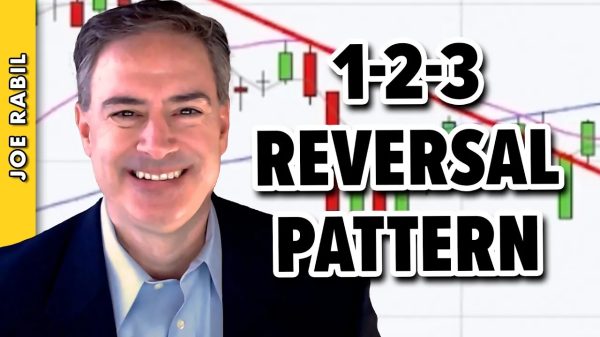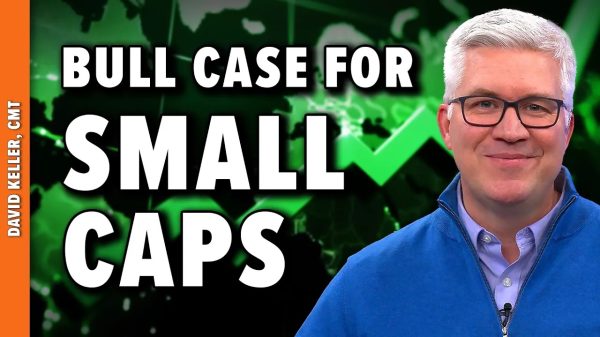For many economists, economic growth is a mystery. By “economic growth,” Shawn Ritenour has principally in mind economic progress in the less developed countries, but his recipe for growth applies universally. Why is growth a mystery? Ritenour explains why in this excellent book: “Indeed, a major reason modern macroeconomics has not solved the mystery is that as a whole—dare I say, in the aggregate—its analytical approach fosters neither asking nor answering the correct questions.”
This point raises another question: What is the analytical approach of modern macroeconomics? It aims to come as close as possible to the method used in the physical sciences. To do this, the modern macroeconomists construct mathematical models, derive testable predictions from the models, and then see how close the fit is between these predictions and the data. Ritenour says about this way of doing things, “The fundamental problems with economic modeling are twofold. Because of their rarified assumptions, models used by modern macroeconomists provide results that either misguide us or are irrelevant for the real world. . . . Despite the above, many economists work with models because of a professed commitment to what is perceived to be scientific theorizing. Paul Samuelson (1952) embraced mathematical economics because he asserted that it was more precise and rigorous than verbal prose.”
Instead of grasping at this fata morgana, economists should follow the “causal-realist” method of the Austrian school. Austrian economists interested in economic development do not view gross domestic product as an aggregate block whose “growth” is to be maximized. Their goal is rather “dynamic efficiency,” a term Ritenour adopts from Jesús Huerta de Soto. This goal “fully takes account of the nature of human action and the world in which the entrepreneur lives and engages in production. In any entrepreneurial process new maladjustments will always appear, so a certain amount of waste is inevitable and inherent in any market economy. Society may not achieve static Pareto optimality, but all its members enjoy increased prosperity if entrepreneurial creativity constantly improves everyone’s productive possibilities with a continuous creative flow of new ends and means which, prior to entrepreneurial activity, were not even envisioned.” The attempt to achieve dynamic efficiency thus defined should not be confused with another aim, which has unfortunately beguiled some who enlist under the Austrian banner. These economists accept the macroeconomic models as a given and seek to find their microeconomic foundations in individuals’ actions. Ritenour suggests this is a futile enterprise.
How, then, can an economy achieve dynamic efficiency? Ritenour identifies four main factors as responsible, devoting a chapter to each. One of the factors, entrepreneurship, has already been mentioned in the definition of dynamic efficiency, and the remaining three are the division of labor, capital, and technology. These factors should not be viewed as separate forces. They are linked to one another and form a unified whole.
Obviously, if each person had to produce by himself or with a few family members everything needed for survival, humanity would soon perish. Only the division of labor makes possible specialization, which vastly expands the scope of production. But this expansion depends on the ability of people to trade what they have produced with others. In his discussion of trade and its importance, Ritenour warns us of a fallacy that has ensnared many eminent thinkers, Aristotle not least among them. The fallacy is that in an exchange, the goods traded are valued equally. Precisely the opposite is true: in an exchange, there is a double inequality. People will trade if each person values what he is getting more than what he is giving up. If I exchange my apple for your orange, I prefer an orange to an apple, and you prefer an apple to an orange.
But why does specialization increase productivity? Ritenour distinguishes two main explanations. One takes people to start off fundamentally equal in native talents but, once they specialize, to become more adept at what they do than they would have been had their task been but one of many others. The other view stresses differences between people and environments. Ludwig von Mises and Murray Rothbard strongly defended this latter view. It is clear that Ritenour is more favorable to this view than the other one. He says about it, “What accounts for the differences in relative costs of production for different people underlying the law of association? The short answer is the variety we find both in humans and in nature.”
The preceding quotation mentions the “law of association,” and this law, especially developed by Mises, is one of the most crucial insights of the Austrian school. David Ricardo famously showed that international trade involving two goods can be beneficial to both nations even if one nation is better at producing both goods than the other. The nation that is worse at producing both will very likely be less bad at making one of these goods than the other. It should specialize in producing that good, in which it has a comparative advantage, while the other nation produces the good in which its superiority is greater. Doing so, Ricardo showed, will increase the total production of both goods. The argument can readily be extended to exchanges of more than two goods.
But Ricardo made a mistake. He thought that comparative advantage applies only to nations because within a nation, economic classes are at odds with one another. Mises demonstrated that comparative advantage applies within an economy as well as between nations. People engage in trade to their mutual benefit, and the scope of trade extends to everyone, regardless of how his abilities compare with those of others. Often, defenders of the free market are accused of “social Darwinism,” but the free market is actually an area of social cooperation, not one of ruthless struggle for “the survival of the fittest.”
As it progresses beyond a primitive level, the division of labor requires tools, and this leads us to Ritenour’s second factor, capital. In order to produce a tool, one must postpone immediate consumption, doing so because of the greater productivity that the tool makes possible. As more and more tools are produced, productivity continues to rise, but in doing so, a basic principle of human action becomes salient: time preference. “People prefer their ends to be achieved in the shortest possible time. The less waiting, the better. The existence of time preference is the origin of interest.” If this is so, then, holding technology constant, an increase in production will always necessitate a longer process. Owing to time preference, all the shorter processes of production will have already been built up. Ritenour illustrates the development of what Austrian economists call the “structure of production” by describing in detail how a chocolate chiffon cake is prepared, tracing the required steps back to the production of the tools needed by the chef. It would appear that the author is eminently familiar with delectable cakes, and he gives the structure of production its just deserts—or shall we say desserts?
In order to extend the structure of production, entrepreneurs must calculate the most efficient use of their capital goods, which requires the use of money. Unless factors of production are suitable to make only one product, and useless otherwise, technology does not dictate the best way to use them, meaning the “most profitable” way, because it is by the pursuit of profit that entrepreneurs are able to satisfy the demands of consumers. “We find, therefore, that the magnitude of a firm’s capital is rooted ultimately in the subjective value of consumers and immediately in the subjective judgements of the entrepreneurs appraising their factors as they make decisions about acquiring or liquidating specific assets or even entire firms.” Monetary calculation leads to another concept of capital besides capital goods, and this is “capital” in the sense of the money value of capital goods. Many complexities are involved in the calculation of this value, into which we shall not enter. Suffice it to say that Ritenour presents a learned account, fully responsive to the topic’s many difficulties.
Many mainstream economists put primary emphasis on technological innovations, the third of Ritenour’s factors, in accounting for economic growth, and the famous Solow model is a prime example of this emphasis; but such is not the Austrian view of the matter. Ideas are always available in abundance, but they require savings and investment in order to be put into effect. Quoting the Indian economist Sudha Shenoy, an outstanding member of the Austrian school, Ritenour says, “To appeal to technological progress while ignoring the saving and investment necessary to make the technology operational ‘is to omit the Prince of Denmark from Hamlet while pushing Rosencrantz and Guildenstern to centre stage.’”
There is a final factor involved in attaining dynamic efficiency, and this is entrepreneurship. The crucial role of the entrepreneur is to direct the entire process of production: it does not operate by itself. In his discussion of the topic, Ritenour carefully explains the differences between the concepts of entrepreneurship of Israel Kirzner, Joseph Schumpeter, and Joseph Salerno and Peter Klein. It will come as no surprise that Ritenour much prefers the causal-realist account of Salerno and Klein, pointing out the vital importance of the fact that the capitalist entrepreneur risks his own money. Kirzner’s notion of the entrepreneur involves labyrinthine turns and byways but is never able to explain how entrepreneurs suffer losses.
The four factors of economic growth that Ritenour has described with such painstaking care cannot function in a vacuum. They require for their flourishing the proper “institutional environment,” and this consists of an economic system of secure private property rights, without government meddling. The division of labor requires trade, and you cannot trade what you do not own, Ritenour observes. He sharply assails proposals to interfere with the free market, and I found especially impressive his rebuke of economic nationalists who demand that the government increase the number of American manufacturing jobs.
Ritenour also merits praise for something else. Rothbard’s History of Economic Thought is a marvel of erudition, but Ritenour has drawn attention to an important American economist, Francis Wayland, who is not mentioned in either volume of Rothbard’s comprehensive work.
The Economics of Prosperity marvelously shows how the main concepts of Austrian economics are connected, and readers of the book will get a good sense of the power of Austrian causal-realist analysis.






















